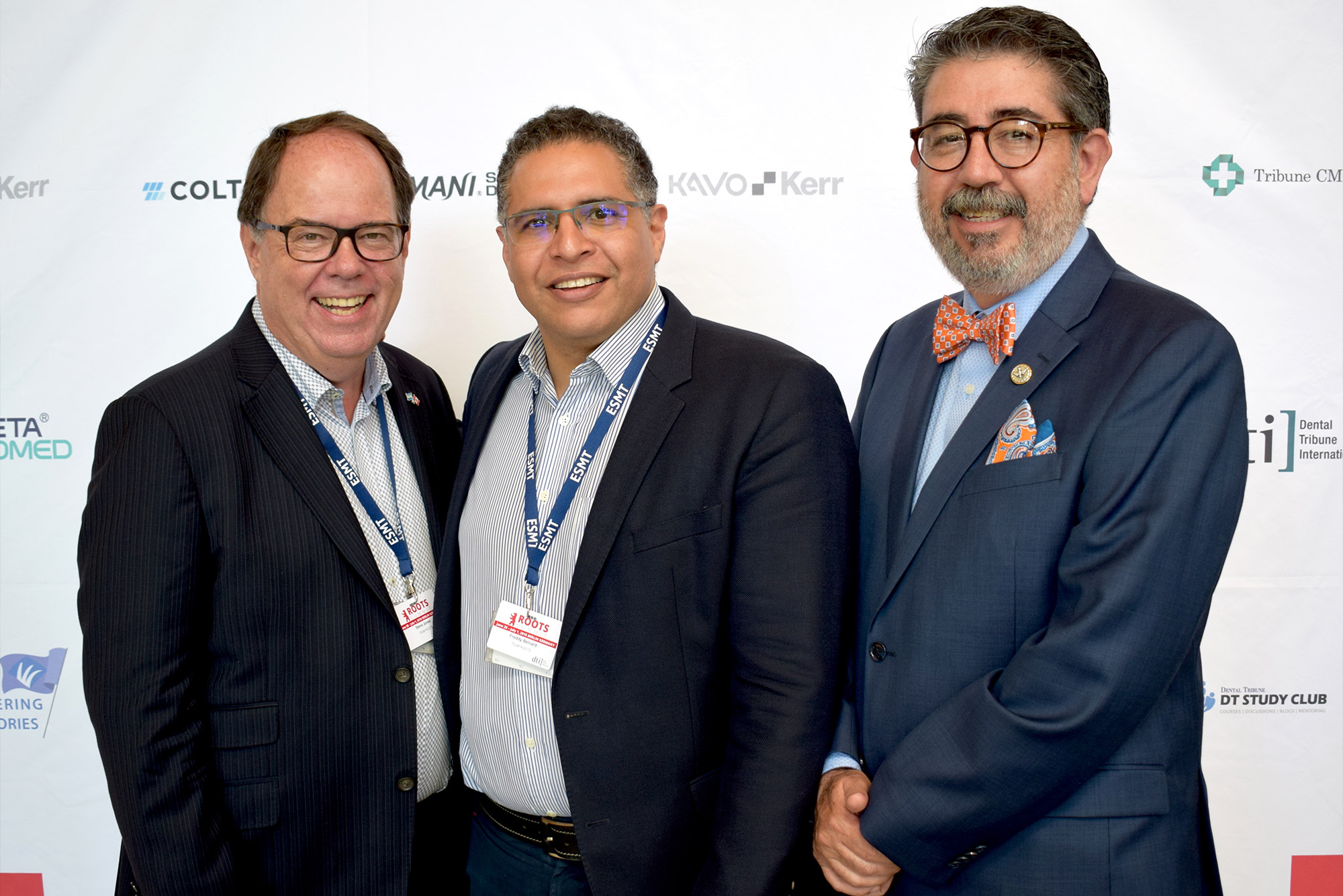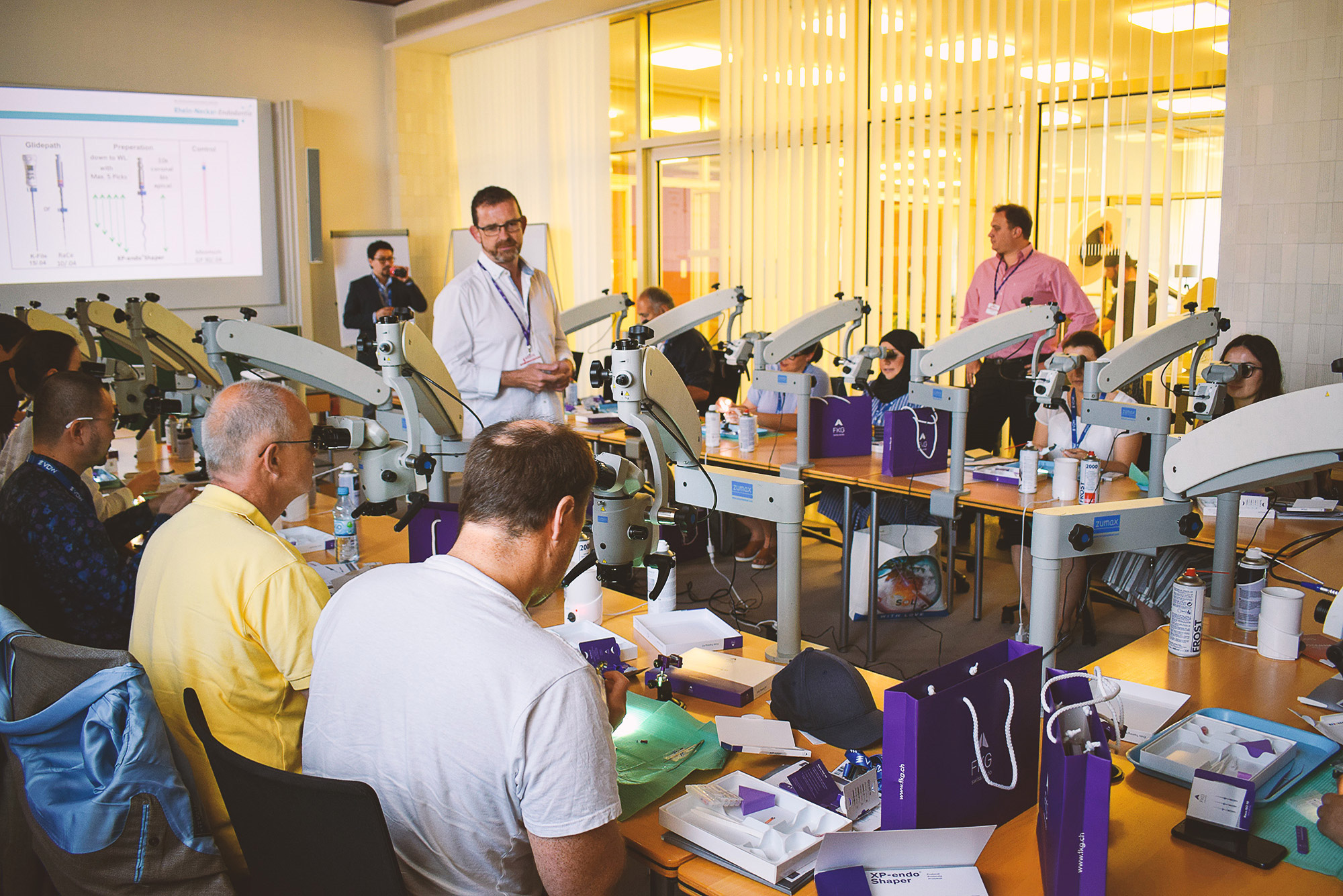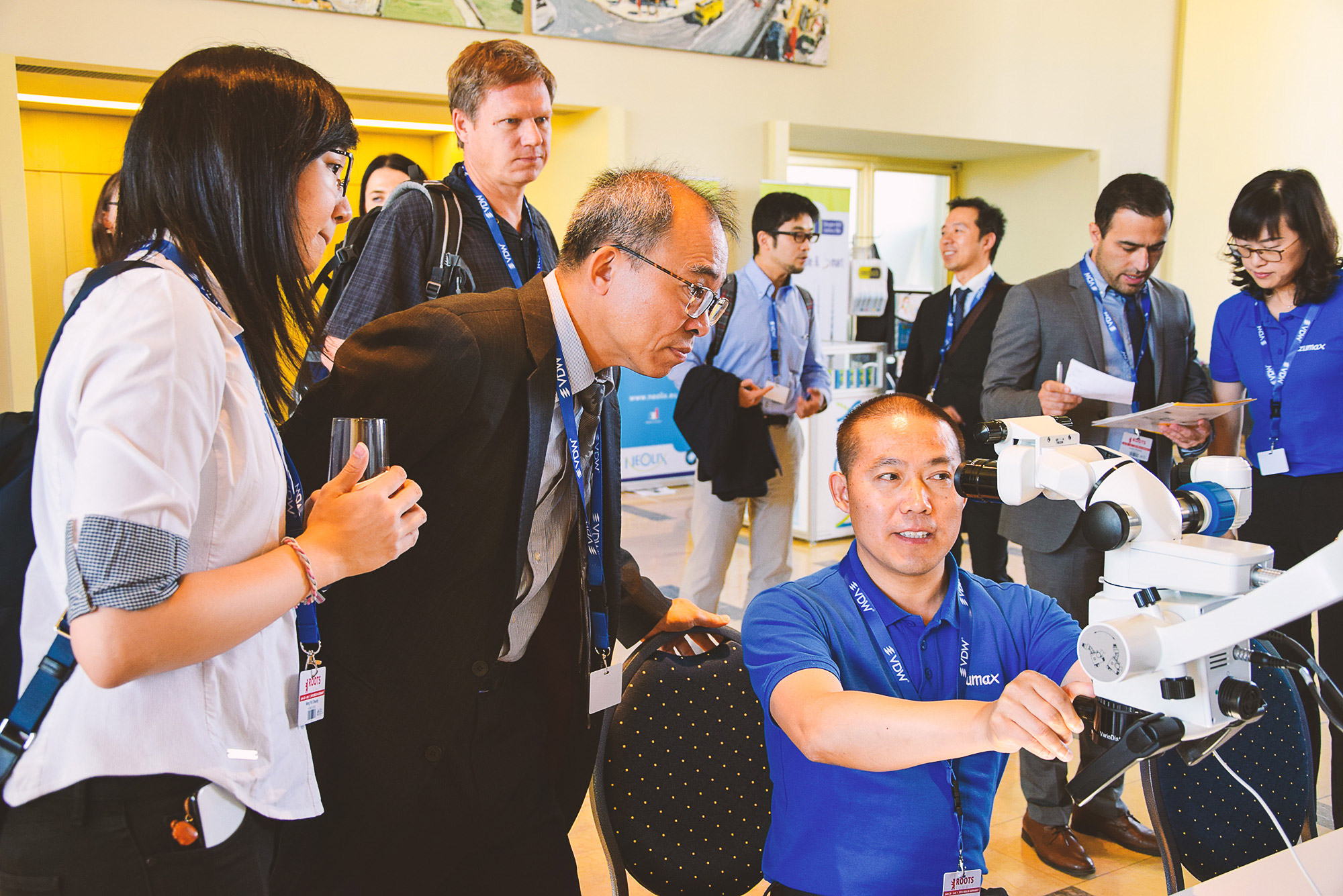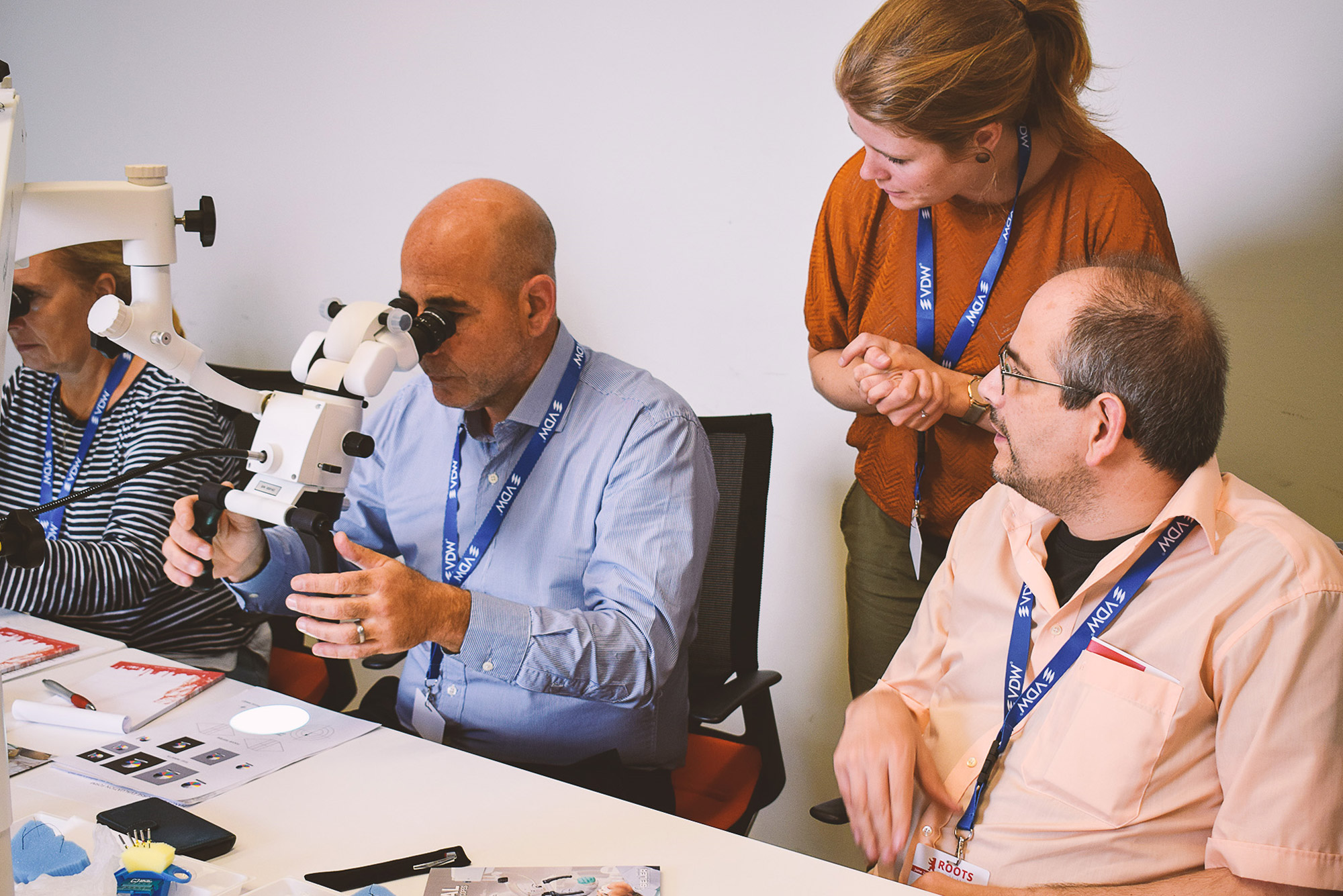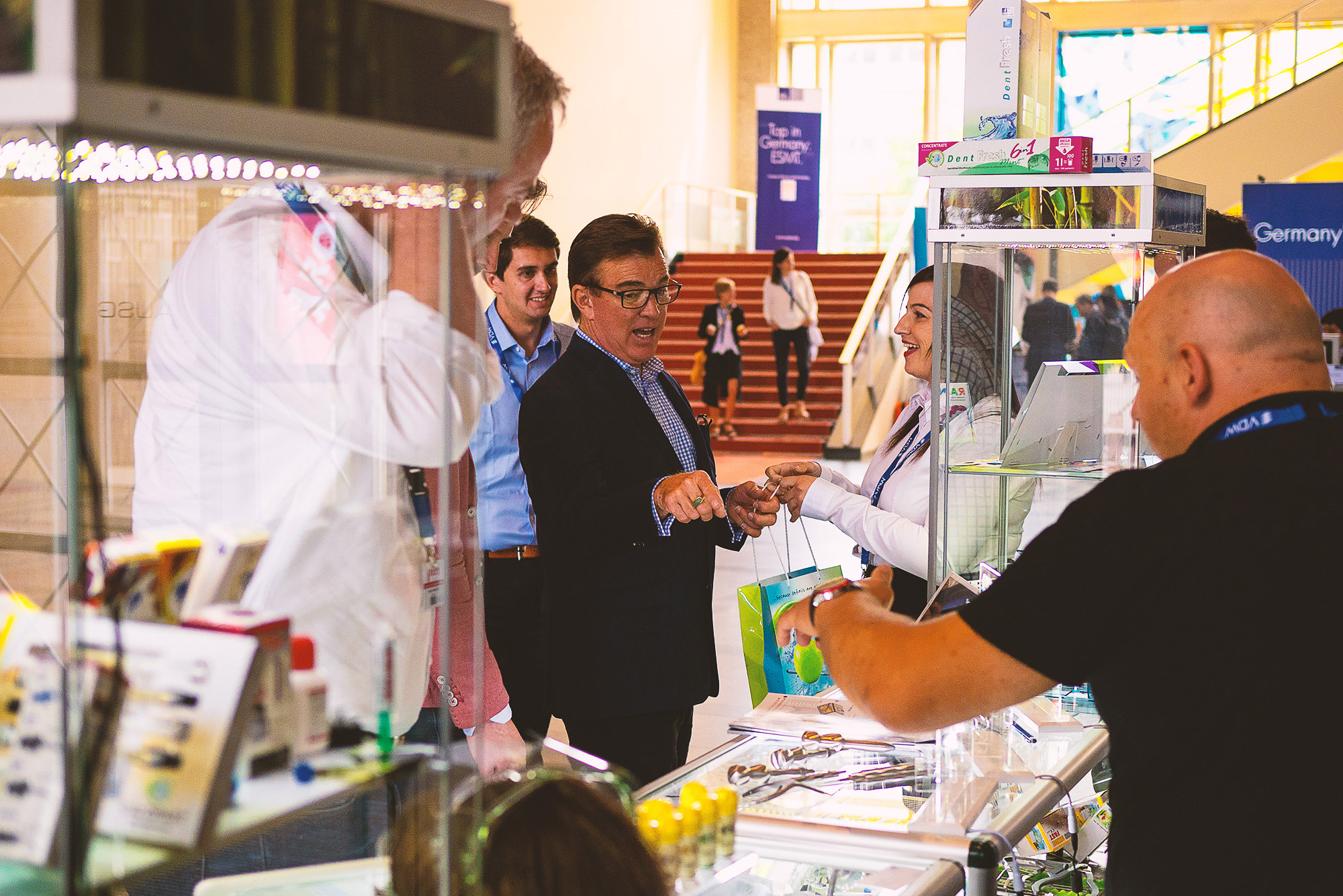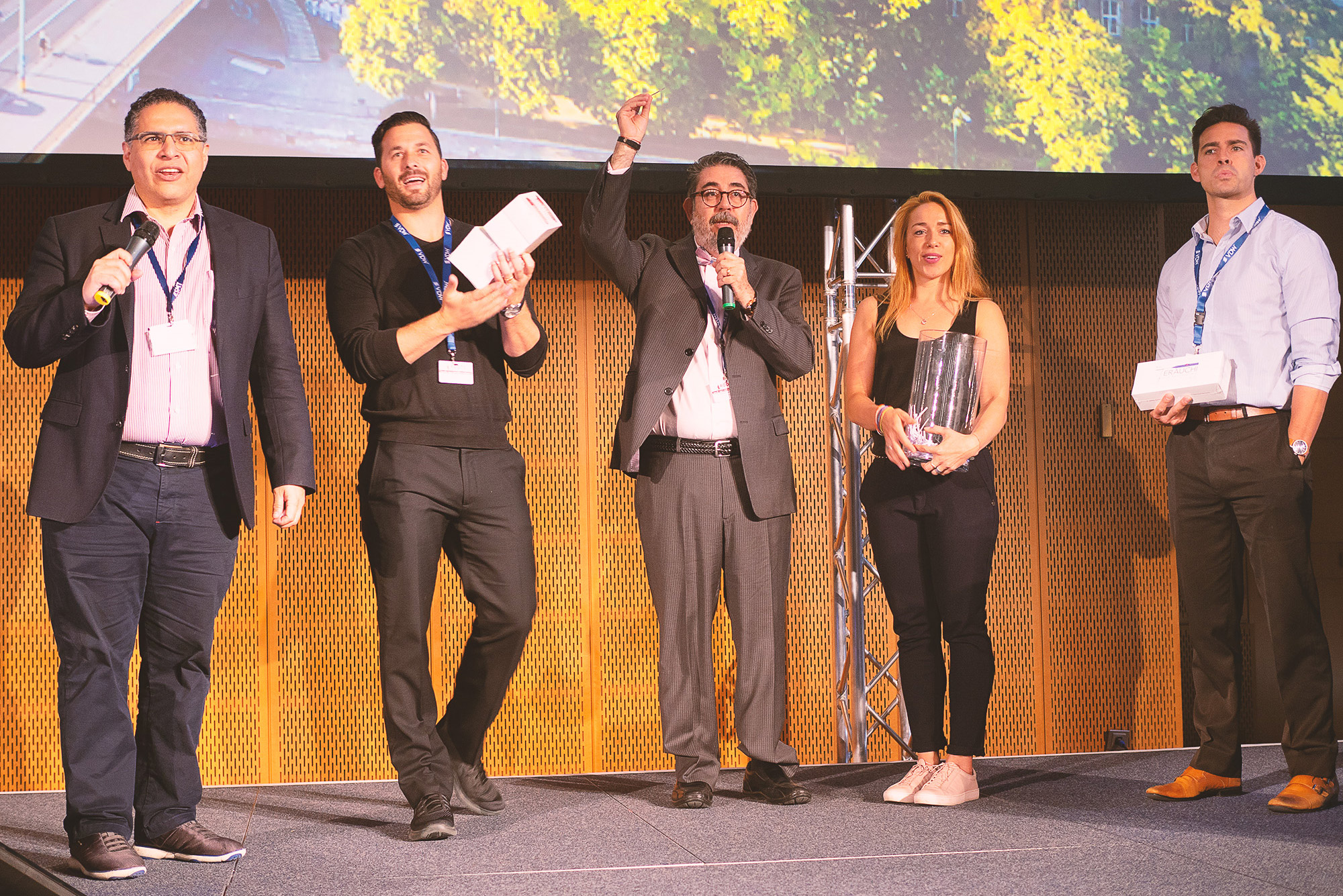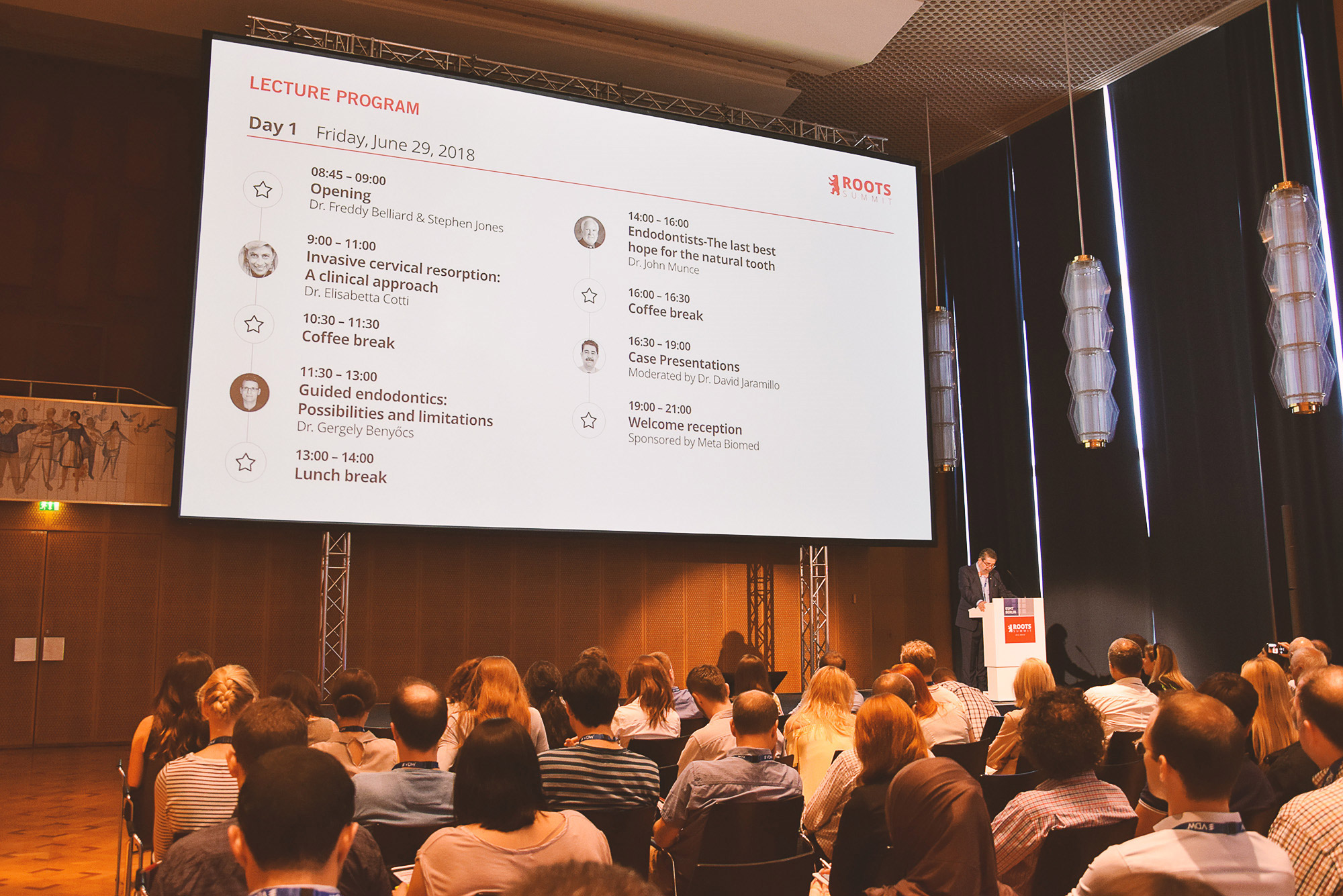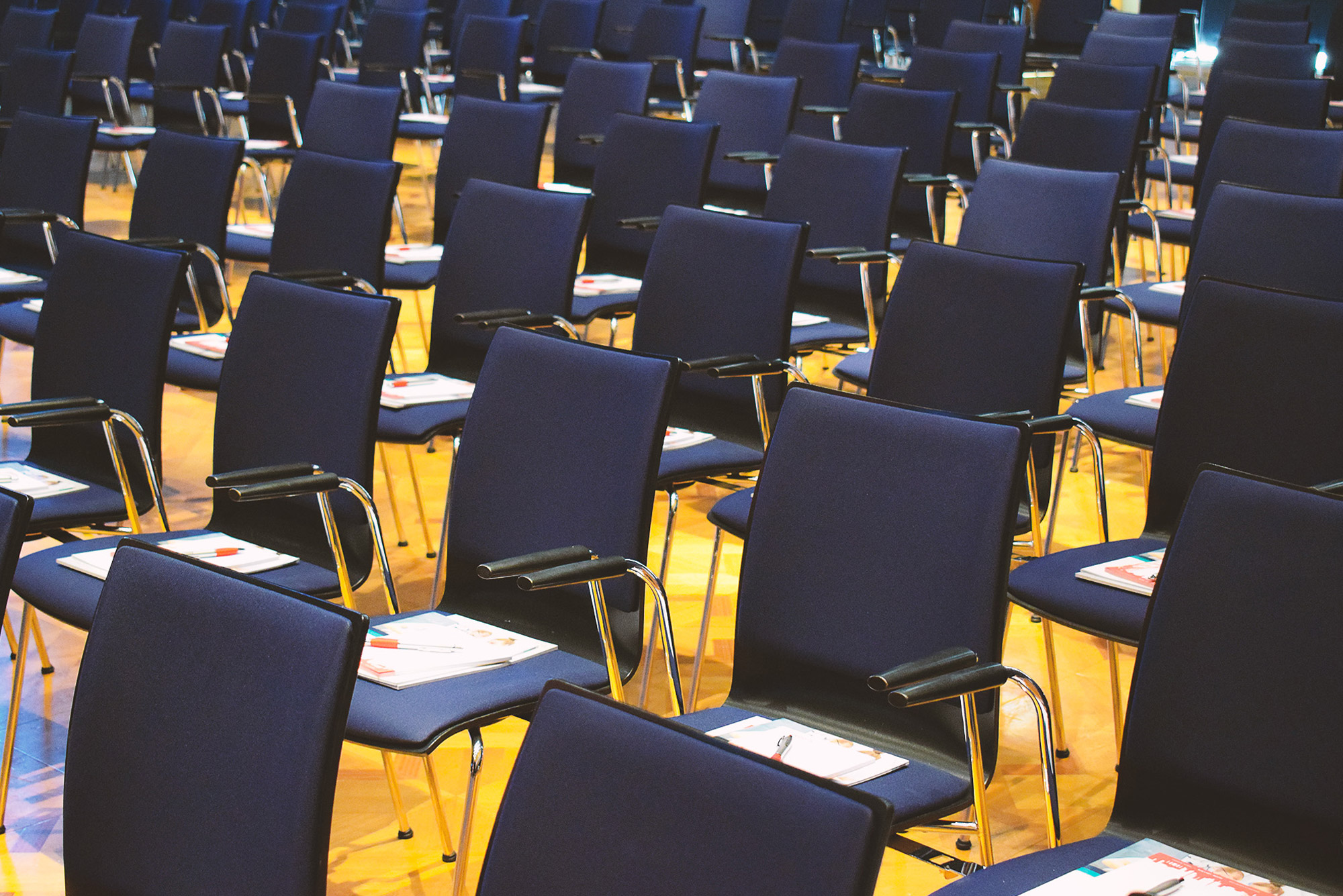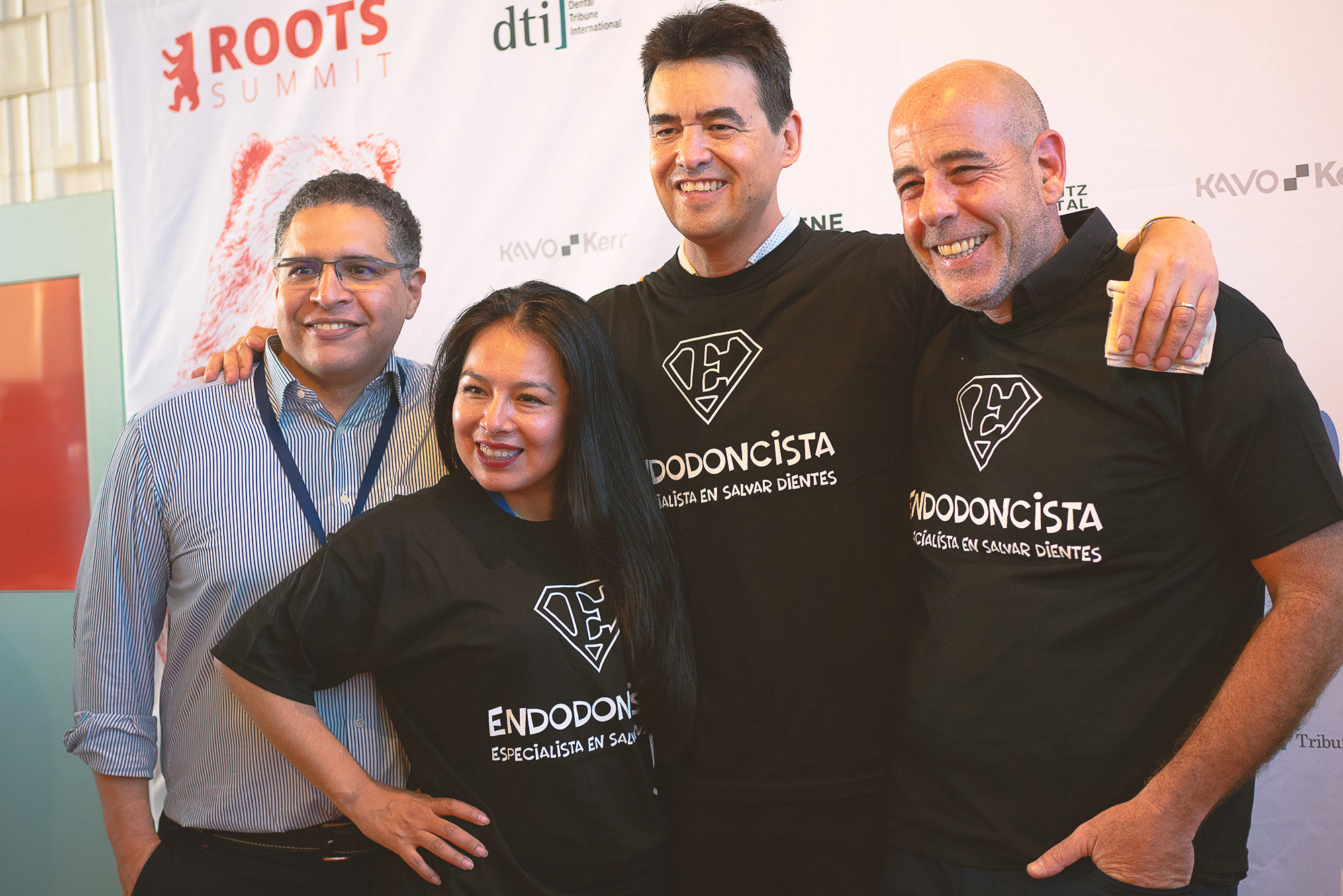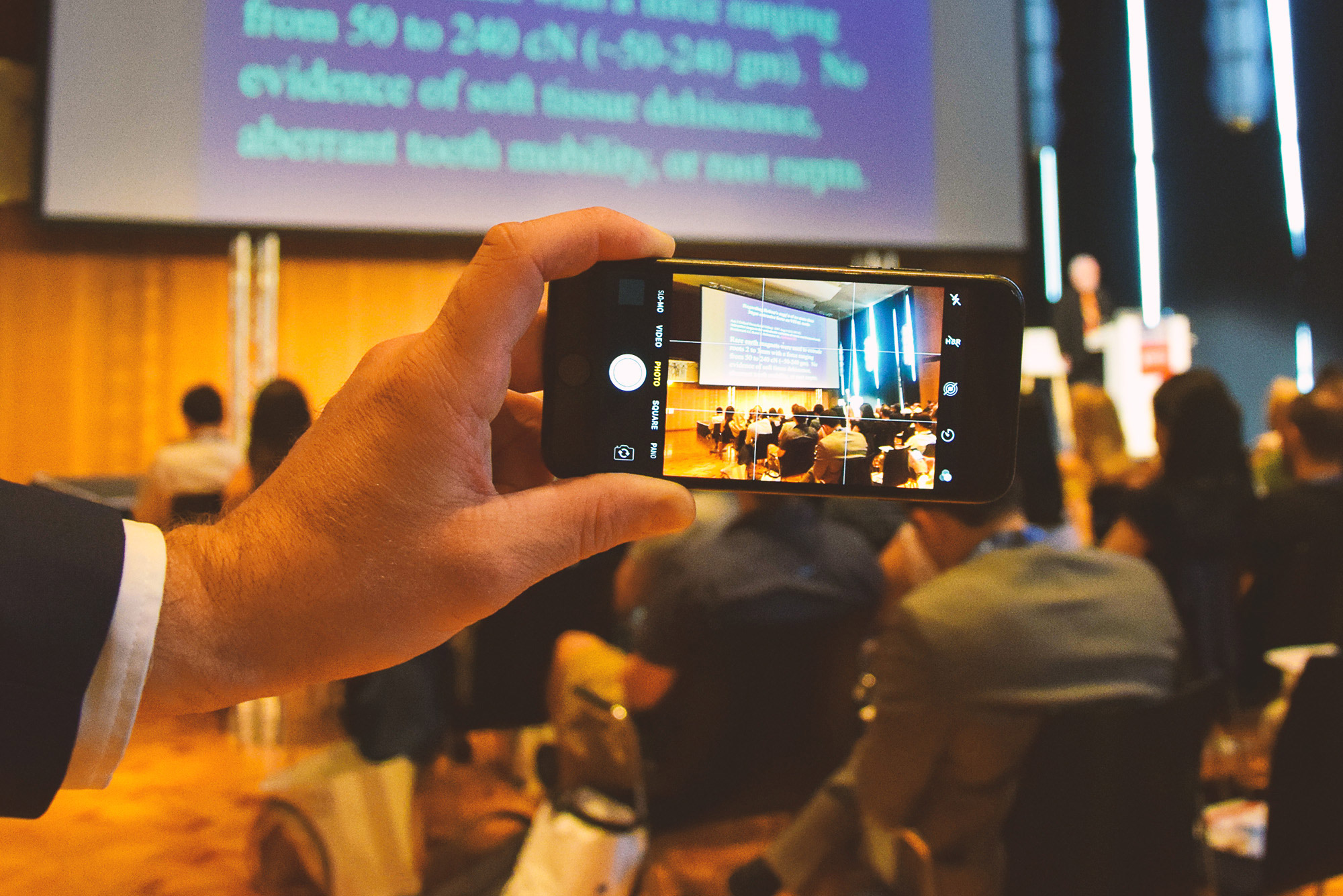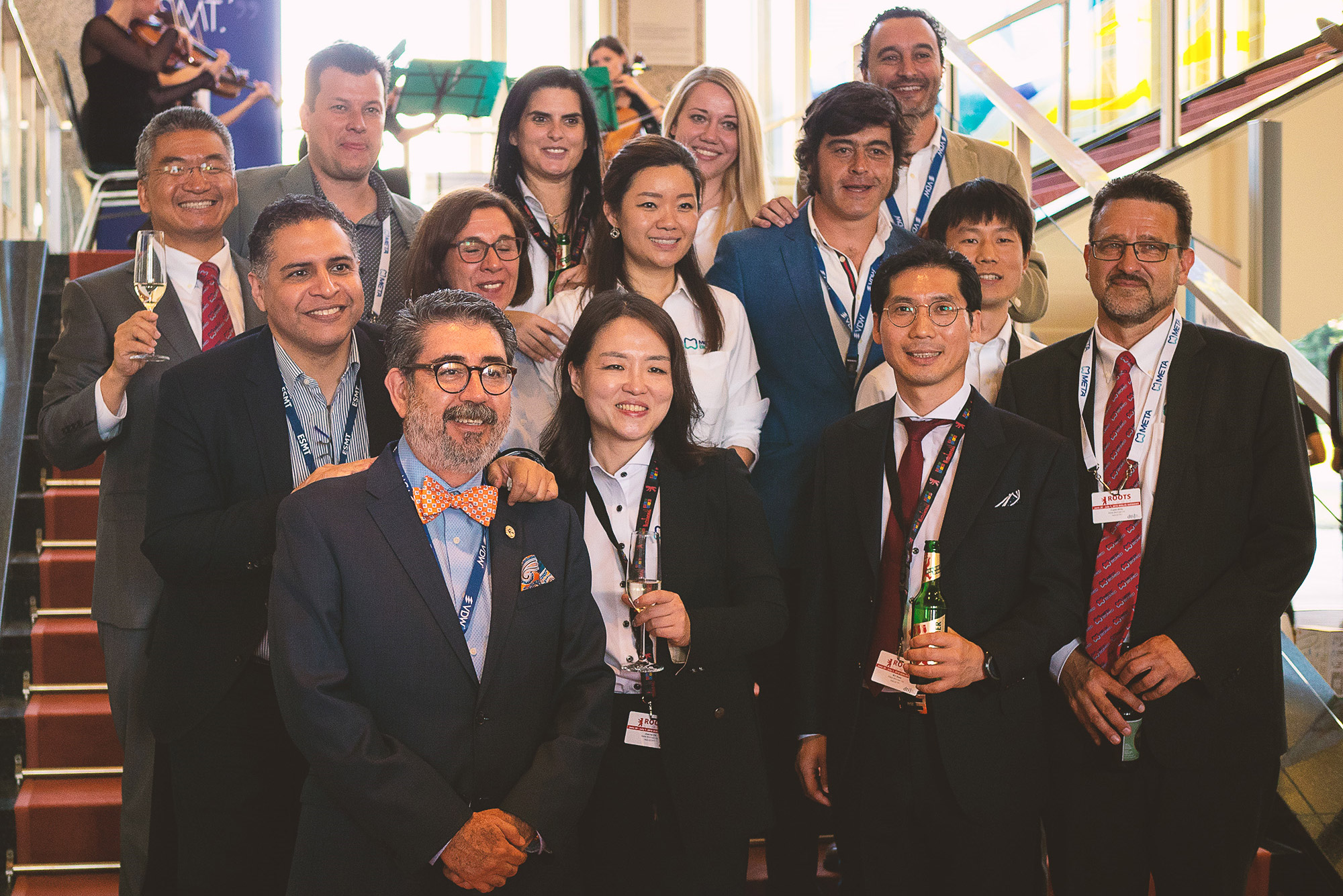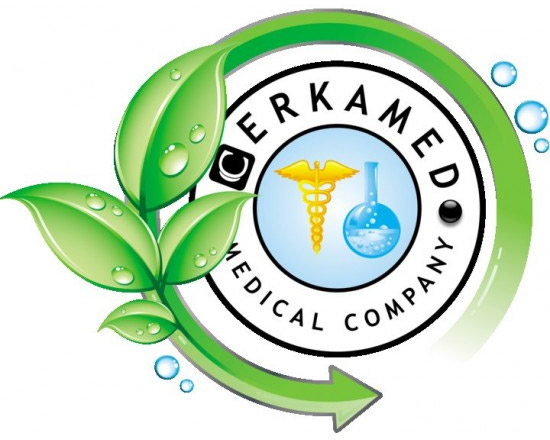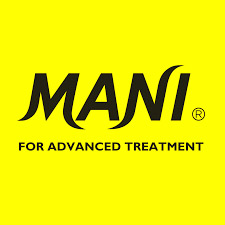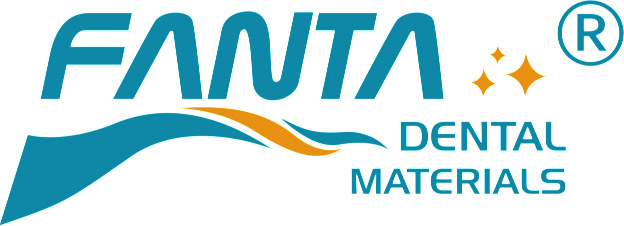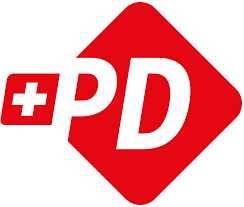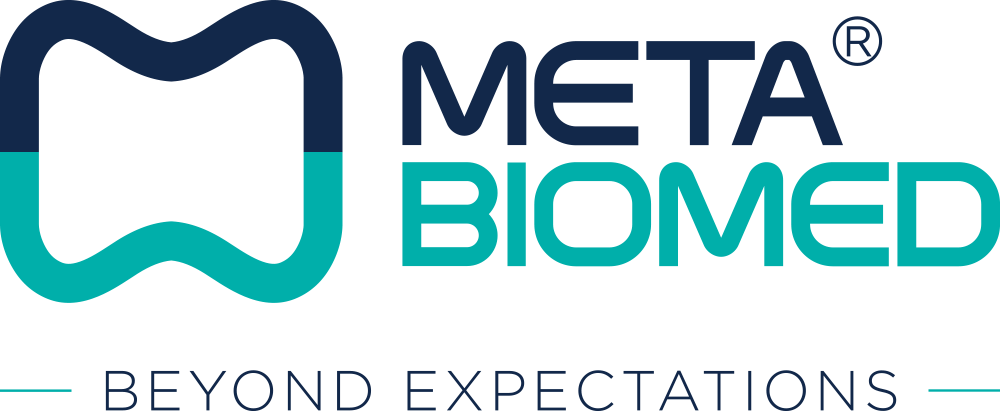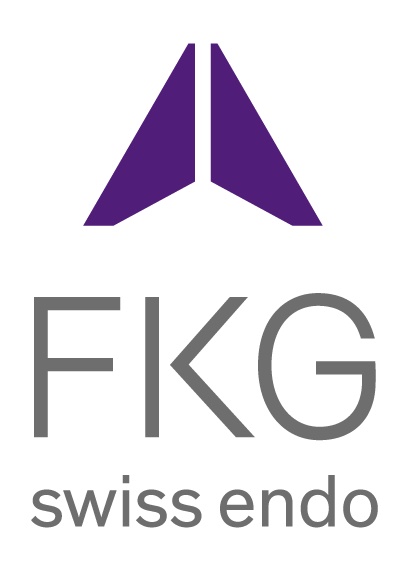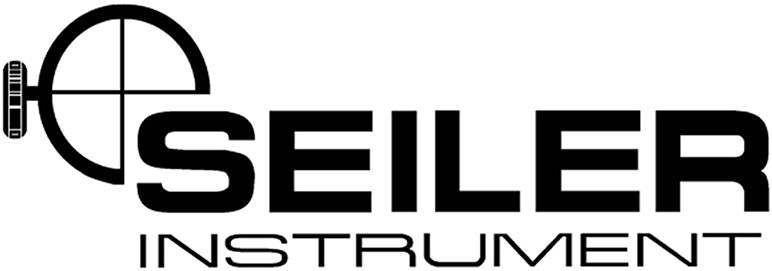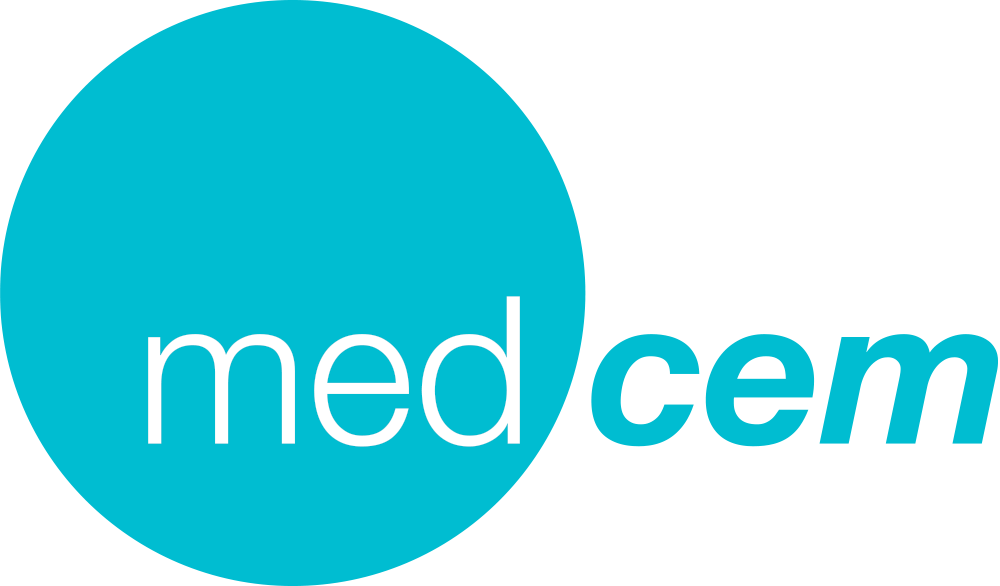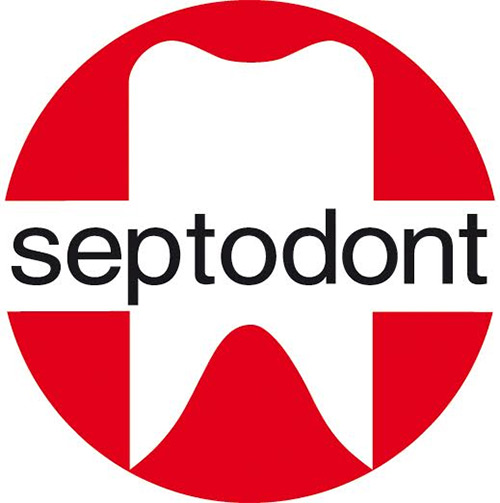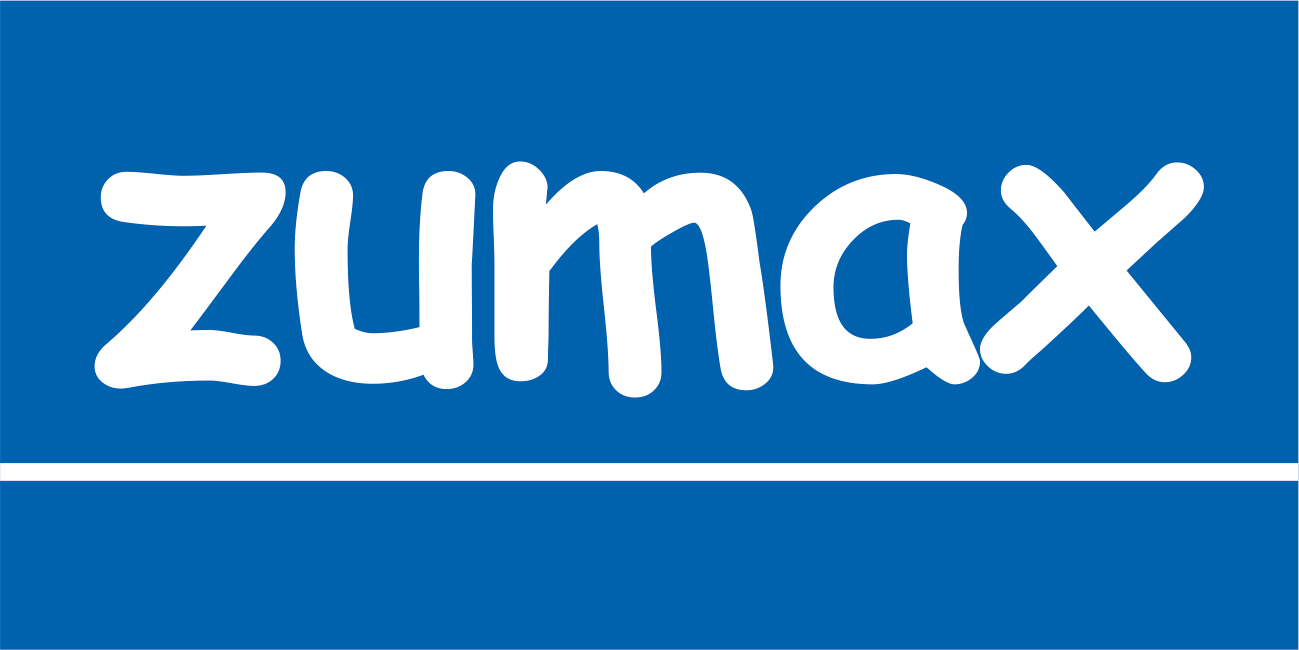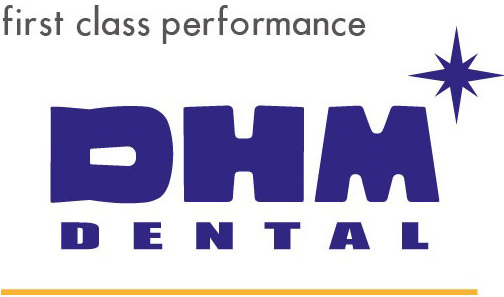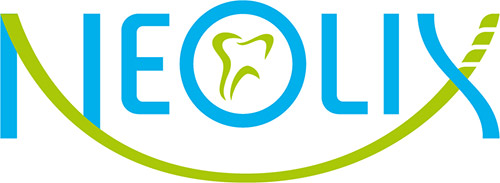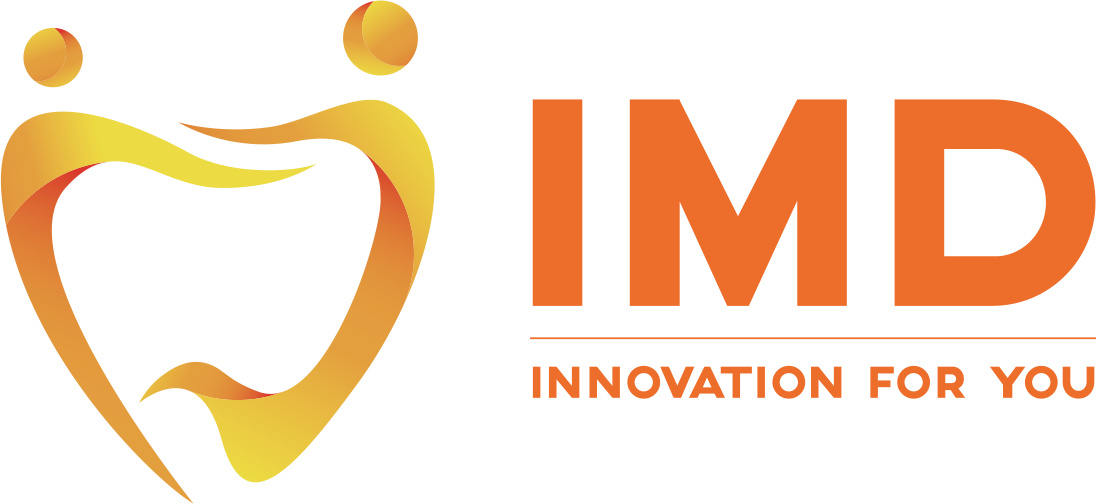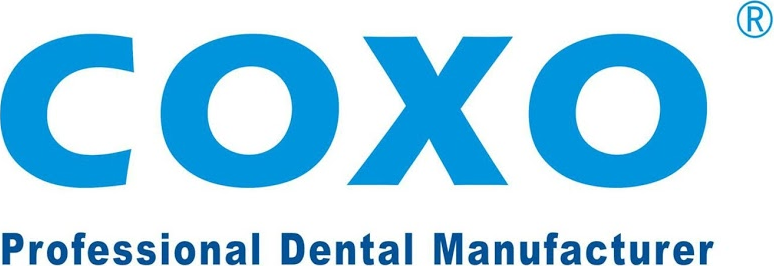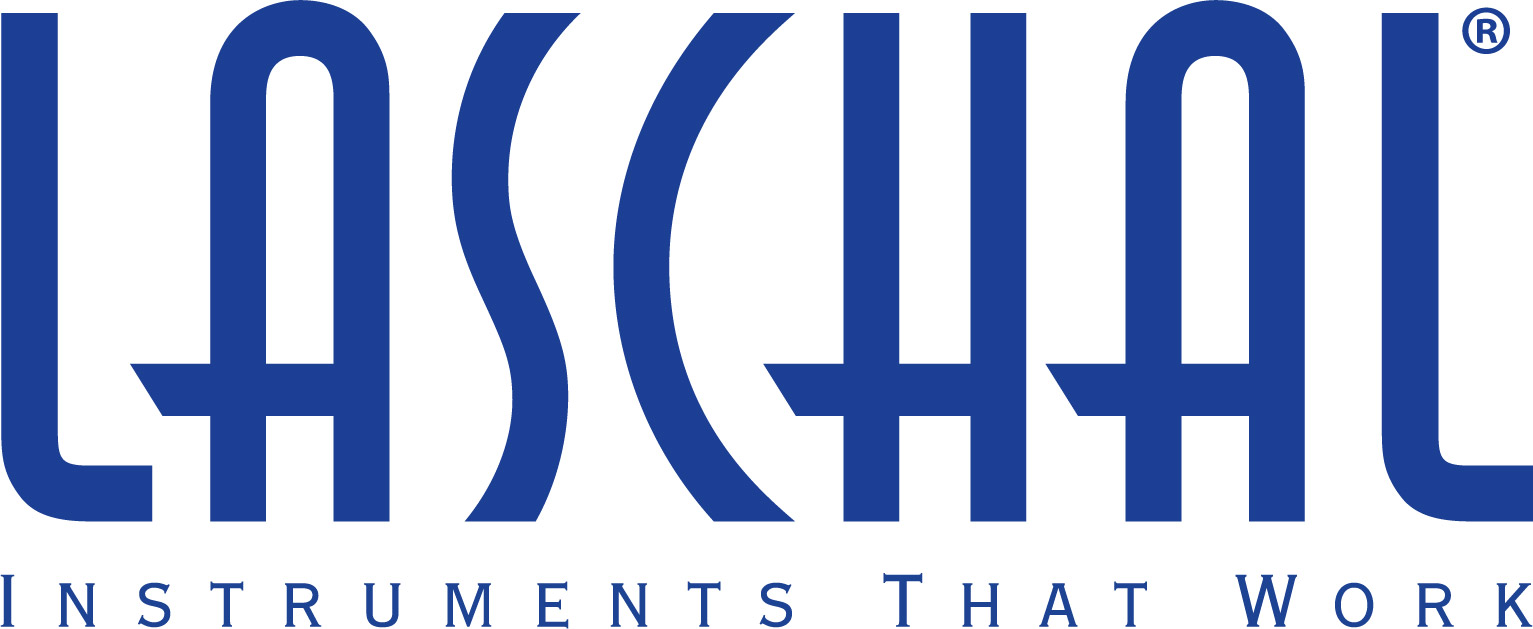Roots Summit 2021 Prague
20 May 2021 9:00 am - 23 May 2021 5:00 pm
Facebook has been an amazing catalyst for bringing endodontists and general dentists together intellectually and scientifically, while in pursuit of improved patient outcomes.
However, being together with people of shared interest, passion, dedication and ethics is where the magic really happens, the strongest connections are made, and the true community of ROOTS SUMMIT is best experienced. From the late 1990s, our mission has been to be an open and inclusive global learning forum accessible to anyone involved in any aspect of the practice of endodontic therapy. In this spirit, we invite you to join us in Prague from May 20 – 23, 2021.
Speakers
Course program
May, 20
8:30 am - 10:00 am
Management of complex endodontic anatomy using PERFECT NiTi files
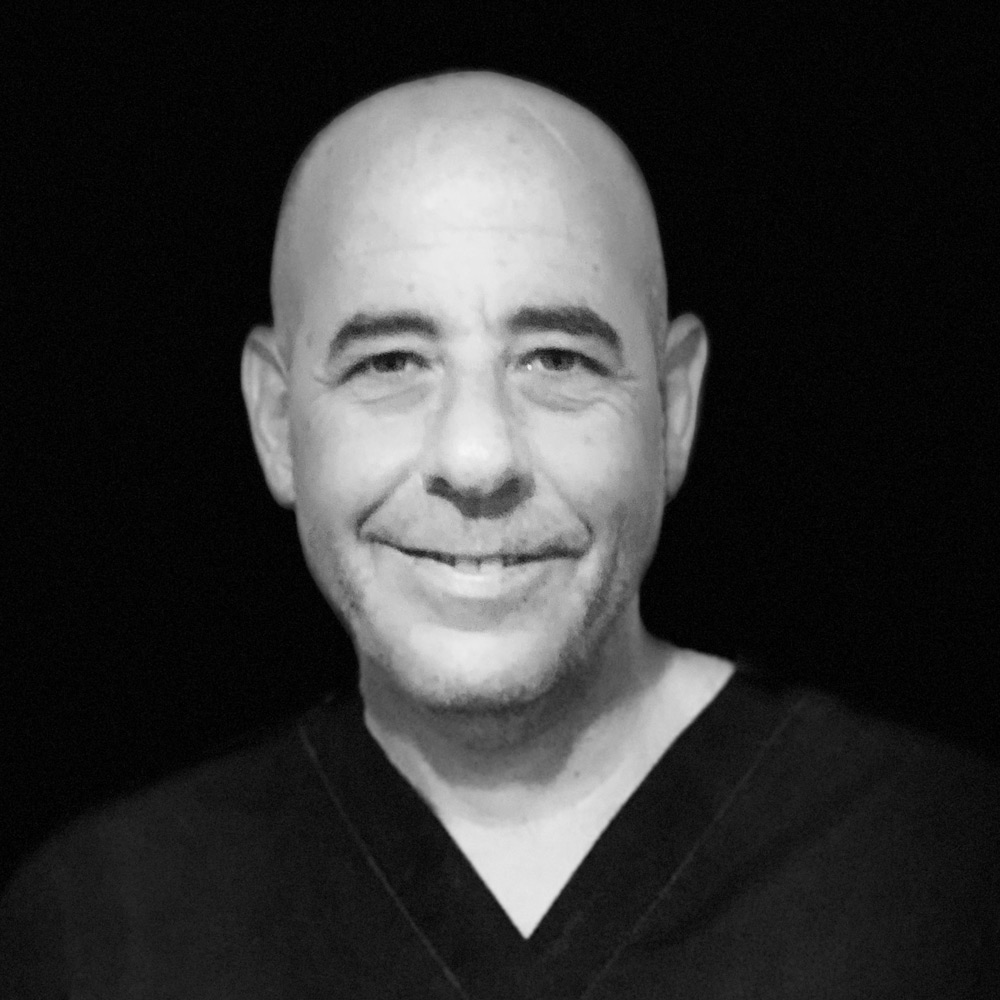
Sergio RoslerArgentina
Endodontic prognosis mainly depends on the clinician’s ability to access the root canal system’s anatomy effectively and conservatively to reduce the bacterial load inside the canals, to promote or conserve the health of the periapical tissue. Endodontic anatomy will be revised using cleared teeth as an educational tool. Instrumentation protocols using T-PRO and MG3 nickel–titanium systems from Shenzhen PERFECT Medical Instruments will be explained and practiced to teach participants how to achieve safe, predictable and cost-effective shaping of the root canal system. After this workshop, participants should be able to appreciate the importance of the anatomy of the root canal system in modern endodontics, should understand how anatomical variations can influence the clinician’s instrumentation and disinfection protocols, and should be familiar with the properties and specifications of the T-PRO and MG3 NiTi file systems.
8:30 am - 10:00 am
TBA
10:30 am - 12:00 pm
Master MTA: Solve iatrogenic errors like pulp capping, floor perforations and other iatrogenic with MTA

Riccardo ToniniItaly
Regardless of how good a clinician’s skills are in performing an endodontic treatment, sooner or later he or she will face an iatrogenic error. It could be a mistake the dentist or someone else made, but the dentist will need to find a way to solve the problem. Typical iatrogenic damage is perforations. A perforation may occur at various stages of treatment, including during access cavity preparation, negotiation of calcified and curved canals, and post space preparation. Also, an open apex, internal–external resorption and pulp capping are complicated situations and their correct and repeatable management is important. Lastly, endodontic micro-apical surgery is a valid treatment option that an endodontist must know how to execute properly. MTA has been identified as the gold standard bioactive material used for sealing and filling permanently in the case of all the mentioned endodontic complications. MTA, owing to its wet-sand consistency, is difficult to handle and position, and for to this reason, the MAP System (Produits Dentaires) has been proved to be the best system for simplifying all the procedures that require the application of MTA. This in-depth hands-on course is suitable for both general dentists and specialists.
10:30 am - 12:00 pm
You screwed up! What now? Dealing with mishaps during endodontic treatment
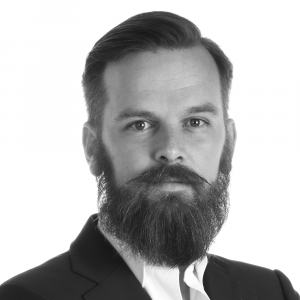
Rafaël MichielsBelgium
Modern root canal therapy is quite predictable, but sometimes the procedure does not go as planned. Instruments can fracture, perforations can occur, the canal can be ledged and so on. This hands-on course will focus on solutions for common iatrogenic errors, show and discuss technical solutions, and discuss alternative approaches to problems like those. During the hands-on course, participants will learn everything about these different approaches and will have the opportunity to practice a few of them under instruction by Michiels.
10:30 am - 12:00 pm
Small things can help to solve big problems: Tips and tricks that can help you in your clinical daily life

Hugo Sousa DiasPortugal
1:00 pm - 2:30 pm
How to integrate different files to face the root canal anatomy
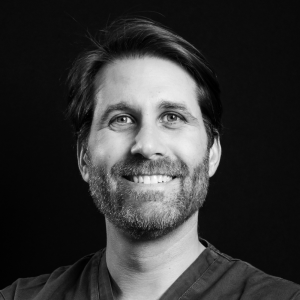
Gianluca PlotinoItaly
The hands-on course will analyze the different possible clinical scenarios. Firstly, it will look at the 80–85% of root canals in primary treatments that may be defined as standard cases and may easily be instrumented with a single-file basic preparation technique using only one reciprocating heat-treated instrument. Secondly, it will describe how to deal clinically predictably, safely and efficiently with the remaining 15–20% of canals, which may be defined as complex, using different instruments for each specific clinical situation. The use of a small reciprocating glide path file and the possibility of hybridizing the techniques with rotary files will also be described in order to solve those clinical cases with the most complex and specific root canal anatomy.
During the workshop, the clinical procedures for managing root canals with various difficulties will be explained and demonstrated on resin teeth to show the standard clinical techniques and how to use the different instruments to simplify these procedures and ensure more predictable gold standard endodontic treatments. Participants will then try the different files and execute the proper clinical technique on resin blocks and resin teeth. Participants are encouraged to bring well-preserved, disinfected extracted teeth with opened access cavities and canals negotiated to a size 10 stainless-steel hand file and to bring a pair of loupes (if possible) to obtain a more realistic overview of the use of the different instruments.
1:00 pm - 2:30 pm
Three-dimensional endodontics: Clinical management of complex canals

Gianluca GambariniItaly
This hands-on course will address the problem of how to shape, clean and obturate canals in 3D. The anatomy of root canals is often poorly understood by clinicians, thus leading to many iatrogenic errors. The course will describe those factors that make a root canal complex and explain how they can adversely affect proper instrumentation. It will underline the need for proper 3D visualization and/or understanding of canal anatomy from the access cavity design, by showing CBCT scans and demonstrating their utility also for diagnosis and treatment planning. CBCT scans clearly show that canals are mainly oval, while current instruments and techniques are designed to work ideally in round canals. Therefore some changes and improvements in the operative techniques and/or in the endodontic instruments must be incorporated in the practice, that is, the need for increasing the amount of canal wall touched by the instruments, the need for enhanced cleaning and disinfection procedures, the importance of maintaining the original path and avoiding iatrogenic errors, and the correct selection of tapers and tip sizes. Following these principles, a novel approach to root canal instrumentation using TF Adaptive (Kerr) instruments and innovative TF Adaptive motion will be presented, aimed at optimizing performance and simplifying procedures. The advantages of TFA instruments will be presented, and how to incorporate their use in daily practice to achieve 3D shaping followed by proper 3D cleaning with new techniques and 3D filling with warm gutta-percha obturation techniques will be discussed. At the end, an innovative technique for post-endodontic direct restorations (or buildup) will be presented, to optimize workflow and achieve an immediate coronal seal.
1:00 pm - 2:30 pm
The new Canal Pro “Jeni” and Remover: all you need for fully automated shaping and gutta-percha removal procedures
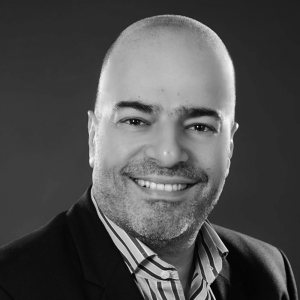
Walid NehmeLebanon
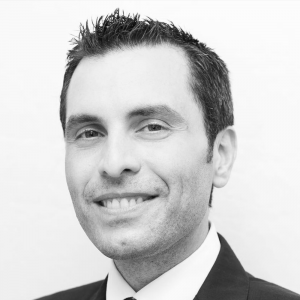
Eugenio PedullaItaly
Endodontics have proven to be one of the most successful procedures in Dentistry. Several instruments and some kinematics were proposed for safe and efficient endodontic preparation.
However, each kinematic (like continuous rotation or reciprocation) has some advantages and disadvantages as well as sometimes after the first root canal treatment, an endodontic retreatment with the removal of the old filling material (usually gutta-percha and sealer) by different manual or rotary instruments could be required to achieve the final success of the treatment.
During this workshop we will go through the pros and cons of the different kinematics related to endodontic procedures as well as the strength and weakness of different rotary files used to remove the filling material in the different anatomical conditions. Moreover, we will introduce the new fully automated, electric controlled, Canal Pro “Jenì” motor and its “self-driving mode” and “shaping guided irrigation” algorithm for shaping instruments and the new file Remover to accomplish Gutta percha removal. A detailed description of the “Jeni” motor and the Remover, their advantages and the proper way to use them will be shared through extensive literature review and multiple clinical cases.
Objectives:
- To Understand pros and cons of different shaping movements and ways to remove Gutta percha;
- To Discuss the benefits of Canal Pro “Jenì” self-driving mode and its “shaping guided irrigation”;
- To Suggest how to use “Jenì” automatic motor and the Remover to shape root canals and remove GP safely and swiftly.
3:00 pm - 4:30 pm
Management of complex clinical situations with the help of 3D magnification

Jenner ArguetaGuatemala
Clinicians face complex clinical scenarios in everyday practice. Such challenging situations include areas in the oral cavity that are difficult to reach or laborious treatments that have to be executed within the root canal system. With the help of state-of-the-art obturation devices, instruments and materials, participants will be able to work on open apexes, radicular perforations and ledged canals in vitro in this hands-on course. The goal is to learn and apply techniques to achieve successful treatment. Throughout this hands-on course, every participant will experience the comfort and the advantages of 3D magnification, such as outstanding depth of field, crystal-clear imaging and ergonomics.
3:00 pm - 4:30 pm
Not just white lines

Bogdan MoldoveanuRomania
When one thinks of endodontics, one more often than not thinks of the shaping procedure. The mechanical treatment of root canals has always been a key part when it comes to innovation in endodontics, especially in the last few years with the advent of heat-treated NiTi instruments. Apart from being an intensely studied aspect of endodontics, the shaping procedure is one of the most challenging steps of any endodontic treatment. Hence, it is only normal that the dentist should desire a feasible and easy-to-use instrument that can get the job done safely and predictably. That being said, now more than ever, the number of new files appearing on the market is overwhelming. Many rotary systems appear every year. So, how do the various systems differ? How does one decide which to use? How do practitioners know whether their decision was the correct one? This is exactly what this hands-on course will discuss, including looking at the benefits of the Plex V system (Orodeka). The analysis will focus on every step of the shaping procedure, from pre-flaring to creation of the glide path and all the way to the apical finishing. I will explore the limits of these instruments in order to understand how we can adapt our protocols to any given anatomy so that there will not be a scenario in which we are not able to successfully finish the treatment. Participants will not learn how to obtain white lines on periapical radiographs during this course; instead, they will learn about the relevant scientific and medical principles, equipping them such that they leave the room already looking forward to starting their next endodontic treatment.
During the practical part, the hands-on course will focus on the discussed protocols, and each participant will be given an Orodeka workshop kit and the opportunity to experience the magic of the Plex V files, working on plastic teeth under my guidance. The main objective is to completely understand the benefits of these new files by discussing freely and objectively the advantages and disadvantages that one might encounter while working with them.
May, 21
8:30 am - 10:00 am
Bioceramics in endodontics

Meetu Ralli KohliIndia
The advent of MTA two decades ago brought about a significant change in the clinical practice of endodontics: a material that suited our workspace and the periradicular tissue perfectly. It has been extensively investigated in in vitro, animal and clinical studies. It has been used from the coronal-most application in the tooth as a pulp capping material to the apical end as a root end filling material. With due diligence in the literature, the material has our academic and investigative endorsement. However, there are limitations to the use of MTA, for example the inability to use it for routine obturation, its handling properties and its tendency to cause discoloration. Materials scientists in recent years have introduced several new and improved versions of bioceramics to the field. The lecture will provide an overview of the current research in the literature on bioceramics. Clinical cases will be presented, demonstrating application, advantages and disadvantages in various aspects of endodontics.
After this lecture, participants should be:
- able to understand the concept of bioactivity especially as an obturation material;
- aware of key literature on bioceramics pertaining to use in endodontics; and
- able to recognize various clinical scenarios where the material can be used effectively.
10:00 am - 10:45 am
Break
10:45 am - 12:30 pm
Large lesions: Endodontic or surgical treatment

Catherine RicciFrance
Lesions are the result of the evolution of apical periodontitis and are due to bacterial proliferation. Sometimes, root canal disinfection allows, with endodontic treatment only, healing with a suspension of clinical signs and complete tissue regeneration. However, when a large periapical lesion is diagnosed radiographically, most of the time, the first idea is to ask how to eliminate it and then who can remove it surgically: the general practitioner, the oral surgeon or possibly the endodontist.
But could we consider that a simple endodontic treatment can solve this problem, without any surgery? In fact, faced with this situation, the first step is a precise diagnosis to determine the origin of the lesion and ensure that it is a lesion of endodontic origin, in order to avoid treating endodontically vital teeth or performing unnecessary surgery. Different tests will be necessary (vitality tests, CBCT and clinical examination) and the analysis of the results and their comparison with the patient’s perception will allow us to make this diagnosis and to determine our therapeutic choice between an endodontic or surgical treatment or both. Throughout this presentation, the participants will learn to diagnose and treat large periapical lesions on the basis of many clinical cases.
After this lecture, participants should
- know how to make a differential diagnosis of large lesions;
- know how to choose the right treatment planning; and
- know how to decide on the use of bone tissue regeneration.
12:30 pm - 1:30 pm
Lunch
1:30 pm - 3:00 pm
Endodontic microsurgery: Management of complex cases
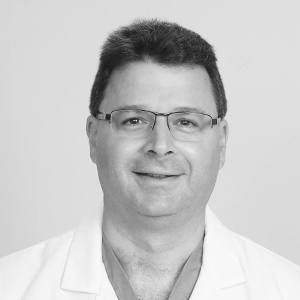
Jaime SilbermanUnited States
Literature has shown that there is a tendency in the endodontic community to avoid challenging conditions owing to factors associated with a lack of surgical training and practice, the perception of the surgical endodontic procedures by our referrals and other specialists, and financial aspects. Over the last 20 years, the practice of endodontic surgery has changed dramatically. The development of microsurgical procedures, the capability of diagnosing, treatment planning and assessing our surgical cases with the use of computed tomography, the constant development of guided tissue/osseous regeneration techniques, and the use of 3- D printed surgical guides have allowed us, as clinicians, to confront the most challenging cases. The purpose of this lecture is to provide a clinical discussion of multiple challenging conditions faced during the daily practice of surgical endodontics based on a solid literature review.
After this lecture, participants should be able to
- evaluate and discuss the impact of microsurgical endodontics in challenging cases such as mandibular second molars, anatomically complex mandibular premolars and palatal roots of maxillary molars;
- evaluate the significance of CBCT as a tool for the surgical endodontic management of complex cases, from diagnosis and treatment planning to the final outcome; and
- describe and discuss multiple GTR and GBR techniques associated with surgical endodontic complex cases (allografts with membranes, PRF, Emdogain).
3:00 pm - 3:45 pm
Break
3:45 pm - 5:15 pm
Evidence-based treatment choices in modern endodontic treatment
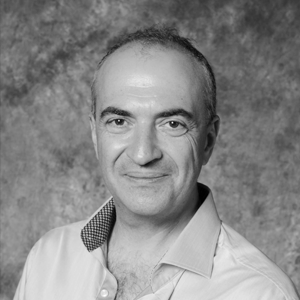
Igor TsesisIsrael
The treatment alternatives for apical periodontitis include nonsurgical endodontic retreatment, surgical endodontic treatment, or tooth extraction, and in certain cases, a follow-up protocol may be considered. The long-term prognosis, the alternatives in case of treatment failure, post-treatment quality of life, and patient’s preferences should all be recognized and incorporated in the treatment choice considerations. A decision on intervention for an endodontically treated tooth with a periapical radiolucency should be based on the technical feasibility of the treatment, systemic factors and patient values. This presentation will discuss a patient-focused clinical decision-making process regarding the management and preservation of natural teeth based on the principles of evidence-based medicine.
After this lecture, participants should be able to
- identify the main reasons for the persistence of endodontic disease and possible treatment alternatives;
- recognize the possibilities and limitations of modern endodontic treatment; and
- incorporate an evidence-based approach in the decision-making process on treatment choice.
5:30 pm - 6:30 pm
Case Presentations
6:30 pm - 8:00 pm
Welcome Reception @ Cubex Exhibit Area
May, 22
8:30 am - 10:00 am
Root to crown: Advanced adhesive endodontic/restorative concept

Daniel ČernýCzech Republic

Radek MounajjedCzech Republic
Long-term data show that survival of nonvital teeth has always been a challenge. Both endodontic and restorative dentistry contribute critically to the treatment outcome. The presented concept of care has been developed by both endodontists and prosthodontists over 18 years of cooperation. It is based on four main ideas common to both fields: tissue preservation (unnecessary hard dental tissue loss should be prevented); replacement with similar materials (lost tissue should be replaced with material of similar physical properties); adhesion (all components of reconstruction should adhere to each other) and safety (when failure occurs, it should not be catastrophic).Over the years, the protocol has been extended from nonvital teeth only to teeth with compromised integrity and challenged vitality. The endodontist delivers a ready-to-use abutment tooth free of pathology for the final reconstruction regardless of the tooth vitality. In this lecture, the decision-making process, material selection, complete workflow and long-term outcomes will be presented.
After this lecture, participants should be able to
- identify clinically relevant factors for reconstruction of nonvital teeth and teeth with challenged vitality;
- indicate the need for different adhesive tools to construct the build-up of the abutment tooth with fiber posts and various resin composites; and
- describe critical details of ideal final restoration of nonvital teeth.
10:00 am - 10:45 am
Break
10:45 am - 12:30 pm
Minimally invasive approaches in endodontic procedures

Gianluca PlotinoItaly
Clinical studies demonstrate that long-term prognosis of root filled teeth is influenced by the quality of the restoration, as well as by the quality of the root canal therapy itself. The most recent trends in the restoration of endodontically treated teeth follow the concept of minimally invasive dentistry, proposing more conservative, less expensive and bioeconomic restorations, based mostly on adhesive dentistry and the introduction of new materials and technologies. Following these trends, access procedures in endodontics and root canal preparation are changing in a conservative way, sometimes drastically if compared with the traditional concepts of cavity outline opening and coronal straight-line access to reach the apical region. The endodontic literature appears to be poor on demonstrating how these minimally invasive access procedures can influence the quality and prognosis of root canal therapy. This lecture will analyze the technical procedures of minimally invasive access and preparation in different clinical situations and the possible mechanical improvements derived from these. Moreover, the limits of these procedures will be critically analyzed to define how minimally invasive clinicians should be in order to ensure gold standard endodontic treatments.
After this lecture, participants should
- understand the basic concepts of minimally invasive endodontic procedures;
- be able to apply new strategies to optimize minimally invasive endodontic procedures; and
- be able to evaluate critically the advantages and disadvantages of present technologies, instruments and techniques.
12:30 pm - 1:30 pm
Lunch
1:30 pm - 3:15 pm
Digital planning in intentional replantation and autotransplantation

Francesc AbellaSpain
In recent years, primary endodontic treatment, nonsurgical retreatment and microscopical surgery have achieved success rates of around 90 percent. However, there are situations in which the tooth cannot be saved using these techniques. The first part of this lecture will discuss intentional replantation. This is an accepted endodontic treatment procedure in which a tooth is extracted and treated outside the oral cavity and then reinserted into its socket to correct an obvious radiographic or clinical endodontic failure. It should not be considered a last-resort treatment prescribed only for “hopeless” teeth as proposed by Grossman. Although intentional replantation is not a frequently performed procedure, it yields a tooth survival rate of 88 percent according to a recent meta-analysis. In addition, the new advances in computer-aided rapid prototyping (CARP) models (tooth replicas) and 3-D printed guiding templates allow us to apply this technique in a much more predictable way.
In situations where the tooth cannot be saved, there is the option of performing an autotransplant (both open and closed apex). The complications observed in the past can be overcome thanks to advances in diagnostic and surgical techniques, particularly CARP models and 3-D printed guiding templates. The digital planning not only allows for selection of the most suitable donor tooth according to tooth morphology, but also shows the ideal 3-D position and the required dimensions of the alveolus during surgery. Moreover, the use of tooth replicas can reduce the additional socket time and possible donor tooth injury during the procedure. Through the results of two in vivo investigations, as well as clinical cases and videos, we will teach the digital step by step to plan all types of cases.
After this lecture, participants should
- know the main indications for intentional replantation, as well as how to digitally plan the whole process;
- know the advantages and possible complications of tooth autotransplantation; and
- know the indications for the different types of autotransplantation: fresh extraction sockets, early extraction sockets with soft-tissue healing, early extraction sockets with partial bone healing, and surgically created sockets.
3:15 pm - 4:00 pm
Break
4:00 pm - 5:30 pm
Endodontic algorithms in decision-making and clinical workflow
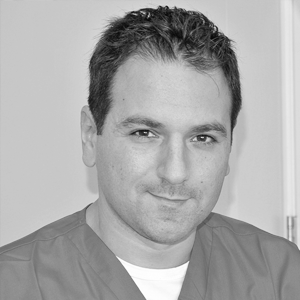
Roberto Cristian CristescuRomania
This lecture will focus on some decision-making steps during endodontic clinical procedures in the dental office. The current standard of care requires dentists to base their actions on scientific evidence and to be able to put that evidence into clinical practice while keeping in focus the patient’s quality of life during the treatment. We will follow some important guidelines for clinical endodontics and will exemplify them with clinical cases that reflect the diagnosis and treatment spectrum of a general dental office.
After this lecture, participants should:
- have a clearer decision-making algorithm for their clinical work;
- be able to understand how to start making their own clinical decision flowcharts for different endodontic procedures; and
- have a better understanding of the possible outcomes of different treatment paths.
5:30 pm - 6:30 pm
Case Presentations
8:00 pm - 11:00 pm
SUMMIT Party @ Pivovar Marina Brewery & Restaurant
more detailsMusic by Stephane Browet aka DJ ZeVoize & Bojidar Kafelov aka DJ DocOne.
Tickets include buffet and unlimited beer, wine, or soft drinks.
May, 23
8:30 am - 10:00 am
Advanced analysis of closed system negative pressure irrigation

Stephen BuchananUnited States
Irrigation is very much in the forefront of endodontic research and critical to successful patient outcomes in endodontics. In his lecture, Dr. Buchanan will go in depth to show you the advances and advantages of closed system negative pressure irrigation. He will also provide a full analysis of the effectiveness of the various devices available ranging in cost from the equivalent of a pack of endodontic files, to the price of a new sports car.
After this lecture, participants should be able to understand
- advances and advantages of closed system negative pressure;
- effectiveness of the various devices; and
- how best to apply the various irrigation technologies.
10:00 am - 10:45 am
Break
10:45 am - 12:30 pm
Two-dimensional vs. 3-D endodontics

Gianluca GambariniItaly
This lecture will address the use of CBCT in endodontics for diagnosis, the treatment plan, access cavity design, working length determination, management of complex cases, obturation, restoration, follow-up and surgery. The various steps of the dental treatment will analyze the differences between 2-D and 3-D radiographs to demonstrate the benefits of routine use of CBCT technology. There will also be a focus on the use of clinical software for case assessment and navigation systems using 3-D CBCT images.
After this lecture, participants should
- understand the advantages of CBCT in all the phases of endodontic treatment;
- know how CBCT can be associated with endodontic and static/dynamic navigation software; and
- be able to evaluate the possible use of dynamic navigation systems in surgical and nonsurgical endodontic treatment.
12:30 pm - 1:30 pm
Lunch
1:30 pm - 3:15 pm
Management of pulp canal obliteration: Guided approach and tips to achieve mechanical and biological goals of endodontic treatment

Hugo Sousa DiasPortugal
Clinical management of calcified teeth provides an endodontic treatment challenge and makes up a significant portion of current endodontic practice. Searching for calcified root canals can be challenging and time-consuming and may create a huge loss of tooth structure that is associated with a high risk of fracture and perforation, compromising the prognosis of the tooth. Nowadays, the use of new technologies has increased the predictability of the treatment of calcified teeth. A new clinical approach to a tooth with pulp canal obliteration, called guided endodontics, has been introduced. This technique uses a guiding template, which facilitates the localization of severely calcified root canals. In this lecture, the approach to this clinical challenge will be discussed on the basis of clinical cases, and tips and tricks will be provided in order to achieve the mechanical and biological goals of endodontic treatment.
After this lecture, participants should
- understand the pulp canal obliteration process and know how to address this endodontic challenge clinically;
- know how to perform root canal access through the freehand approach; and
- know how to perform root canal access through the static guided approach.
3:15 pm - 4:00 pm
Break
4:00 pm - 5:30 pm
Irrigation and disinfection of the root canal

Matthias ZehnderSwitzerland
This lecture will discuss what we need to do to obtain adequate disinfection of the root canal system with subsequent healing of periapical lesions. The most important aspect in this context are neither new tools nor special disinfectants, but a thorough understanding of the actual case we are treating. It will be shown that not all endodontic cases are equal and how we can address the more difficult cases by choosing our approach wisely. One core issue is timing. How much time are we prepared to spend on a case, and what is best for our patient? In this context, the effectiveness and compatibility of the means we use to debride and disinfect are key. The other core issue is anatomy. While many clinicians are aware of the macroanatomy of root canal systems, fewer consider microanatomy.
After this lecture, participants should be able to
- appreciate the importance of diagnostics and anatomy in current and future treatment concepts;
- understand the efficacy versus the effectiveness of different protocols under different conditions; and
- understand the core characteristics and interactions of the main chemical agents used in root canal cleansing.
